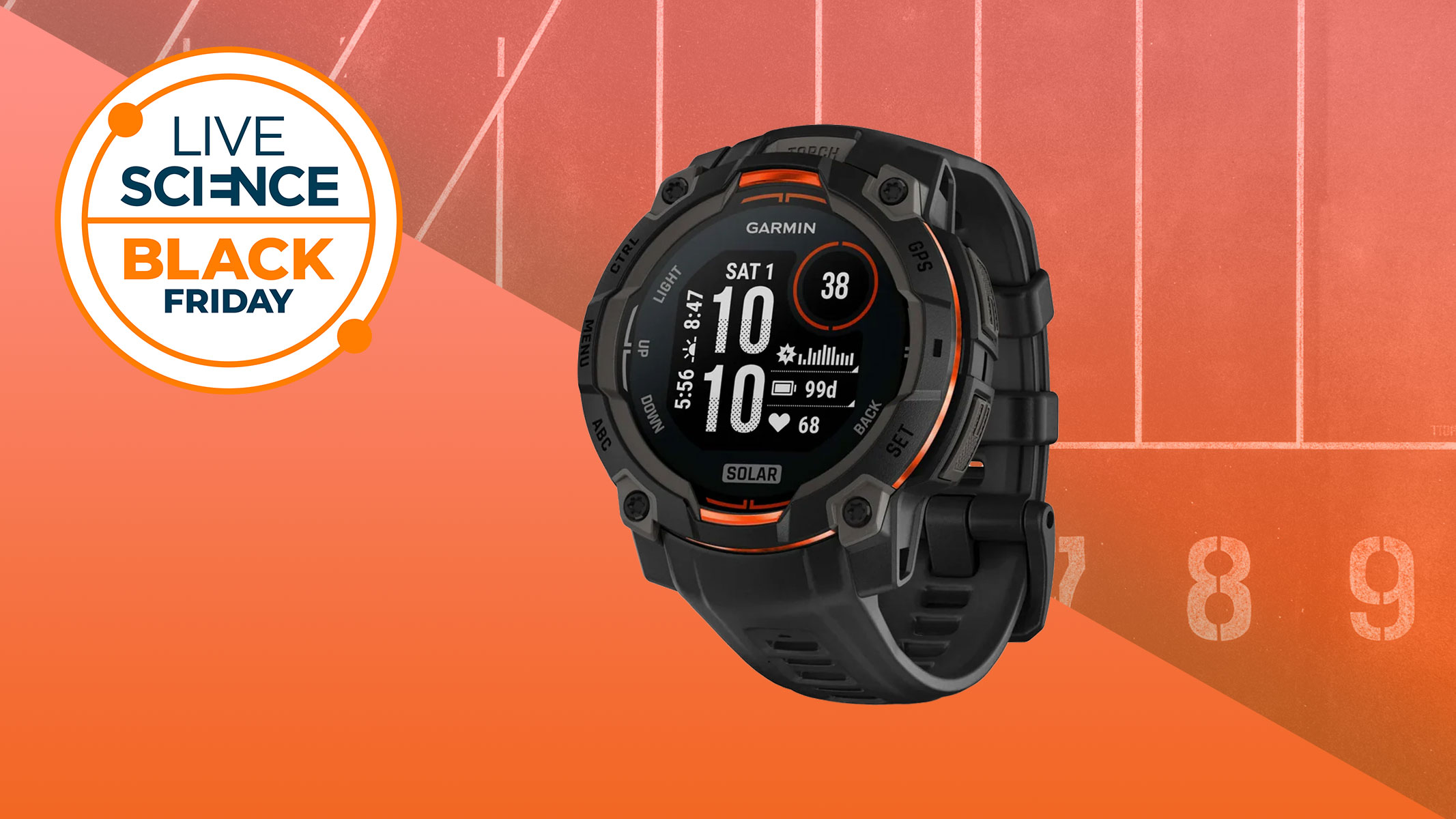Live Science Verdict
The Benro Rhino is a high-quality and versatile tripod that won't let you down. It's lightweight and has a useful reverse folding design, although it's not the most compact option out there.
Pros
- +
Monopod conversion
- +
Lightweight and easy to carry
- +
Very versatile
Cons
- -
Not the most compact tripod
- -
Reverse folding design isn’t the smoothest
- -
Leg twists can be hard on the hands in the cold
Why you can trust Live Science
A sturdy tripod is essential for shooting various subjects, and particularly crucial when using one of the best astrophotography cameras. Benro is known for high-quality tripods that last for years and provide a stable base for your camera, no matter where you are.
Material: Carbon fiber
Maximum height: 66.33 inches (168.5 cm)
Folded height: 19.09 inches (48.5 cm)
Payload capacity: 39.68 lbs (18 kg)
Leg sections: Four
Weight: 3.83 lbs (1.74 kg)
The Benro Rhino is one of the company's more travel-friendly tripods, thanks to its lightweight carbon fiber construction and reverse folding design. The central column adds height and versatility, also making it useful for holding the best binoculars for stargazing. Not only that, the built-in monopod conversion adds even more functionality.
We put the Benro Rhino to the test to see how it holds up and whether it's worth the big price tag. We used the VX25 head alongside the Rhino Carbon Fiber Two Series model.
Benro Rhino tripod review
Design
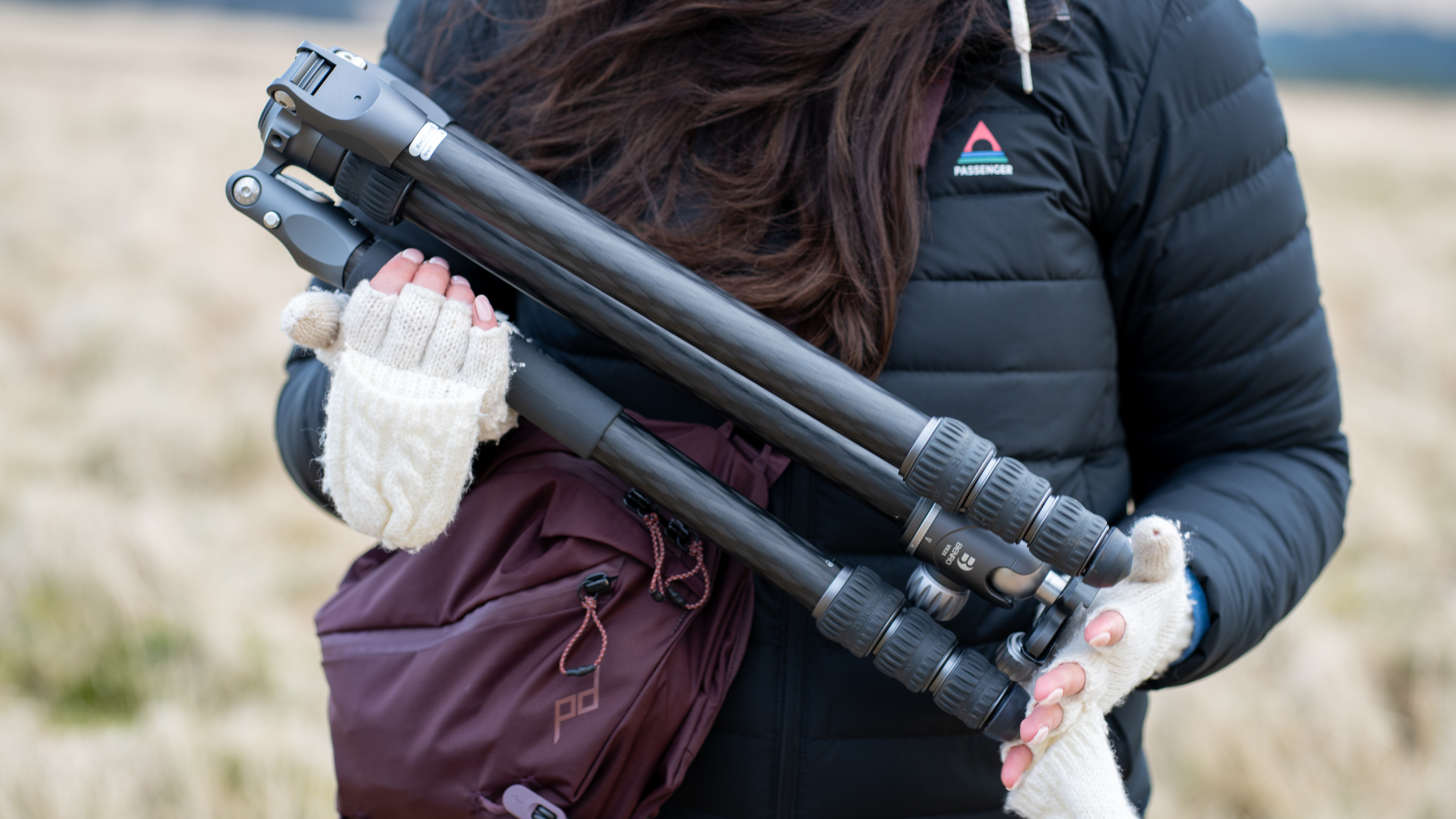
- Lightweight, carbon fiber design
- Central column provides versatility
- Good for travel in theory, but not the most compact tripod
The Rhino Carbon Fiber Two Series tripod has been designed with versatility in mind, providing a lightweight and well-constructed carbon fiber design without compromising on stability and strength. With four leg sections and an adjustable central column, it can reach a maximum height of 66.33 inches (168.5 centimeters), making it one of the tallest "travel" tripods on the market, and folds down to 25.19 inches (64 cm) when closed, thanks to its reverse folding design.
With interchangeable feet, you can use the soft rubber feet as standard on hard surfaces, for better grip and vibration absorption, or change them out for metal spiky feet for better stability on soft terrain like grass. It has a maximum payload capacity of 39.68 pounds (18 kg), making it suitable for all types of photography setups and heavy astronomy binoculars.
Set-up and ease of use
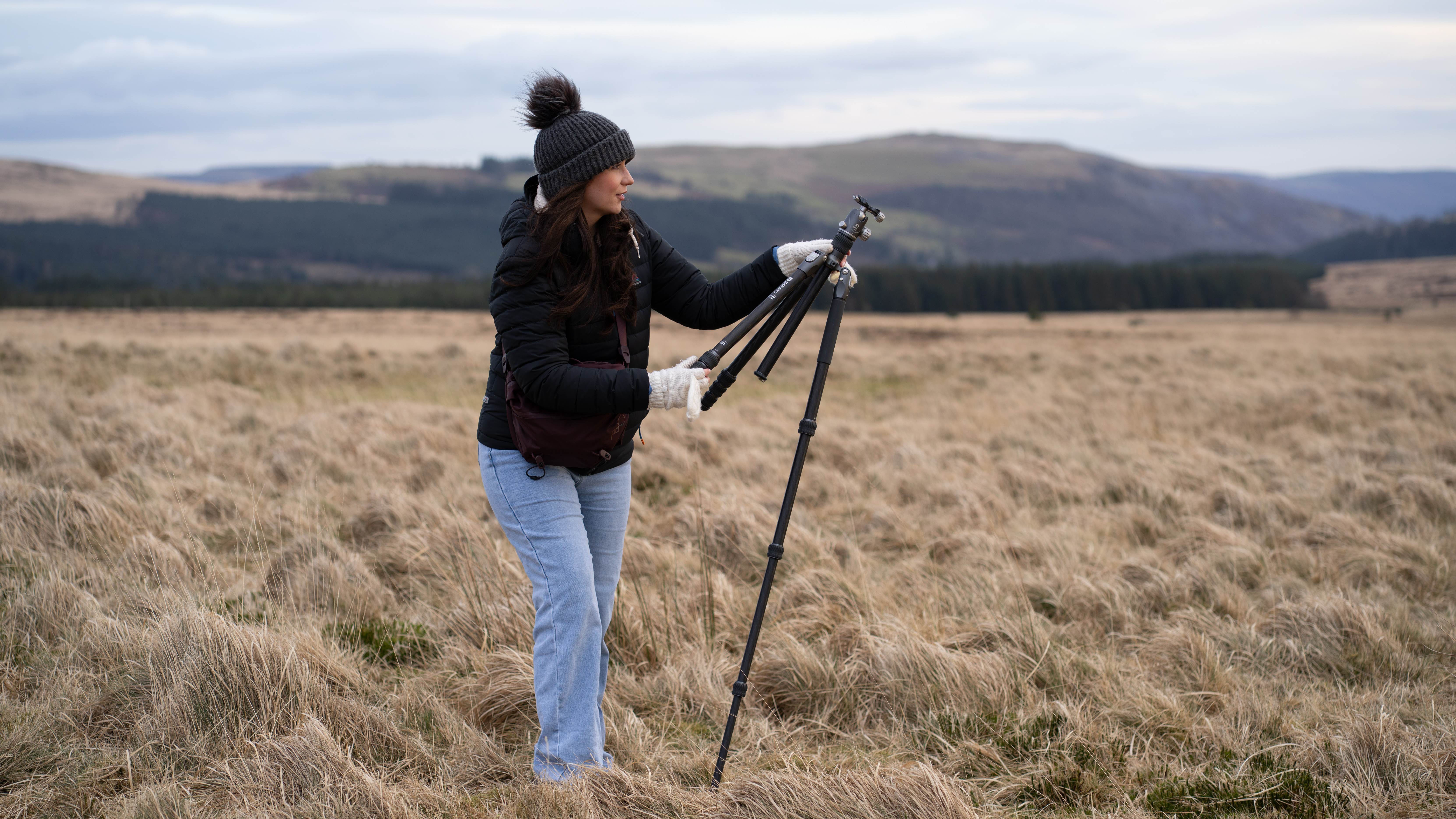
- Could be smoother when packing down
- Benro tripod heads offer increased safety compared to other makes
- Legs can be splayed up to almost 90 degrees
Generally, the set-up process is quick and easy, although the legs are a little stiff when moving them to and from the reverse folding position, and the button to unlock them so they can go all the way up makes things fiddly — having to hold the button down while lifting the leg up seems counterintuitive. The extension of the legs, however, is very smooth and the legs lock in place with just half a twist of the twist locks.
The great thing about Benro tripods, and particularly the heads, is the increased safety they provide. The heads are sold separately, which does mean increased cost, but the advantage of this is that you can customize your tripod setup to your liking. There are two safety features on the head: One on the dial to loosen or tighten the mounting plate in place, and two prongs on the underside of the mounting plate to prevent the camera from sliding off and falling to the ground. We used the VX25 head with the Rhino, which we thought was nicely slimline and very ergonomic.
Get the world’s most fascinating discoveries delivered straight to your inbox.
Performance
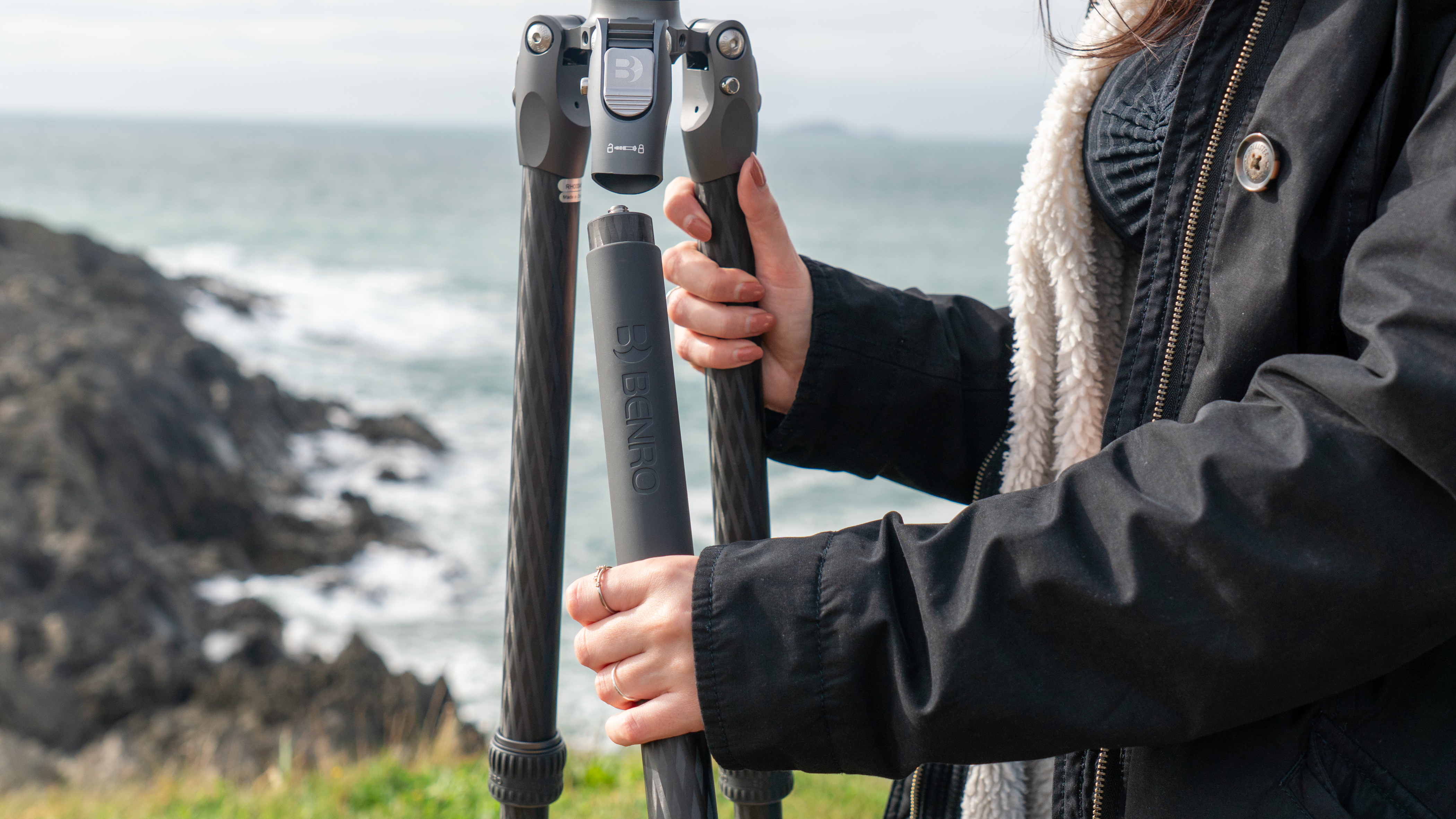
- Solid and sturdy, but it's not immune to wind
- Monopod conversion adds even more versatility
- Leg twist locks can be rough on the hands in the cold
Although we wouldn’t call it our favorite of all the Benro tripods we’ve used, it is the one we’ve used the most and tend to grab on a spontaneous stargazing trip due to its size and versatility. It gives really solid performance for photography and also during long nights of stargazing, although we found the rubber twist locks a little rough on our hands in the cold. While it's solid and sturdy overall, we noticed when using big astronomy binoculars that the slightest bit of wind would cause them to wobble when the tripod was at full height with the central column extended.
The monopod conversion is a nice touch as well: we rarely find ourselves using it in this configuration, but sports photographers will love it.
We think the Carbon Fiber Two Series is marketed as a travel tripod due to its versatility rather than its size. It can carry heavy camera setups, and if you’re using it with a pair of the best binoculars for stargazing, the central column can be adjusted to different heights. The monopod feature is also great for travel as it means you don’t have to take a separate tripod and monopod, but as the circumference of the tripod when folded isn’t the most compact (due to the central column), it’s bulkier then many other tripods and we’ve found it quite fiddly to put it into some of our camera bags.
It does come with its own bag, but if you’re going on a hike with your camera, you won’t want to take a separate tripod bag. When we’ve wanted to take a tripod in our Peak Design Outdoor Backpack, we’ve opted for the Benro Tortoise instead.
Verdict
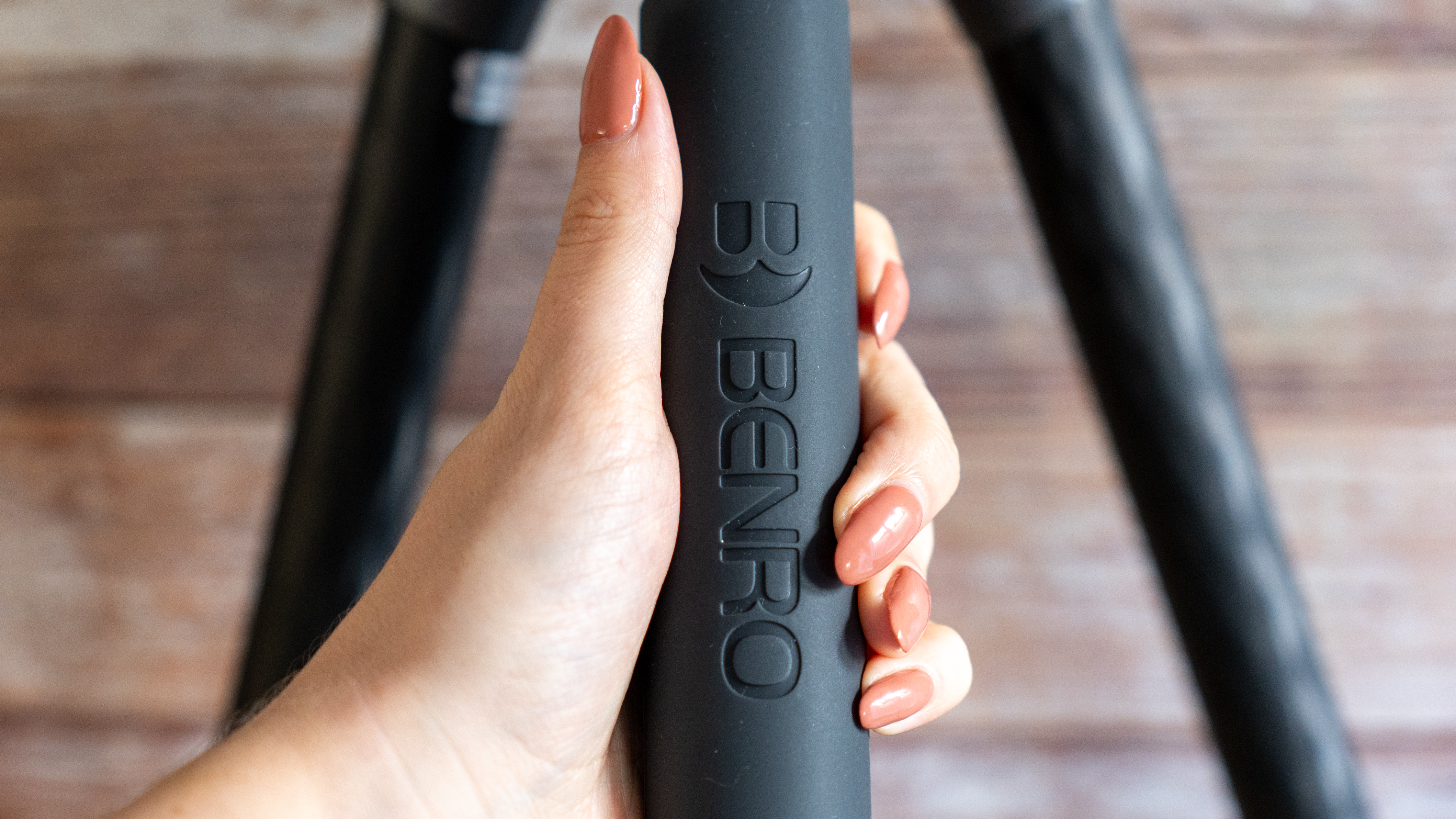
✅ You need an all-in-one solution: For mounting a camera and binoculars, plus monopod conversion, it will meet all your needs.
✅ You want a tripod that will last: The quality carbon fiber construction from Benro will last for years.
❌ You need a super compact tripod: Although it’s small in length, the diameter when folded is larger than other models.
❌ You’re on a budget: Benro tripods typically carry a premium price tag.
While we would recommend the Benro Rhino as an all-in-one solution for any type of photography, we appreciate that it's a little pricey for some users, particularly beginners or anyone who just wants a smartphone tripod for casual content creation.
We loved using the Rhino for astrophotography, and although we quickly got frustrated with the monopod when we used it to photograph wildlife (specifically, birds), we found the monopod conversion incredibly useful for sports. It's also great to use with the best stargazing binoculars, as the extendable central column makes it easy to adjust if you're sharing the binos between people or if you want to switch the height from viewing an object on the horizon to something higher in the sky.
What we liked:
- Relatively compact and lightweight
- Quality carbon fiber construction
- Very flexible legs
- Soft rubber carry handle
- Interchangeable feet for different terrains
- Safety features on head (although heads are sold separately)
- Central column is good for cameras and binoculars
- Good payload capacity
- One of the taller travel tripods on the market
- Monopod conversion very useful
- Legs can splay to almost 90 degrees
- Central column is reversible
What we didn't like:
- Legs are a bit stiff
- It’s not the most compact design for a travel tripod
- Rubber twist leg locks can be hard on the hands when it's cold
- Dips in the middle when the legs are fully extended and splayed (although this can be true of most tripods)
- The bag could be a bit nicer
- Susceptible to wobble when using binoculars or a telescope in the wind.
If the Benro Rhino isn't for you
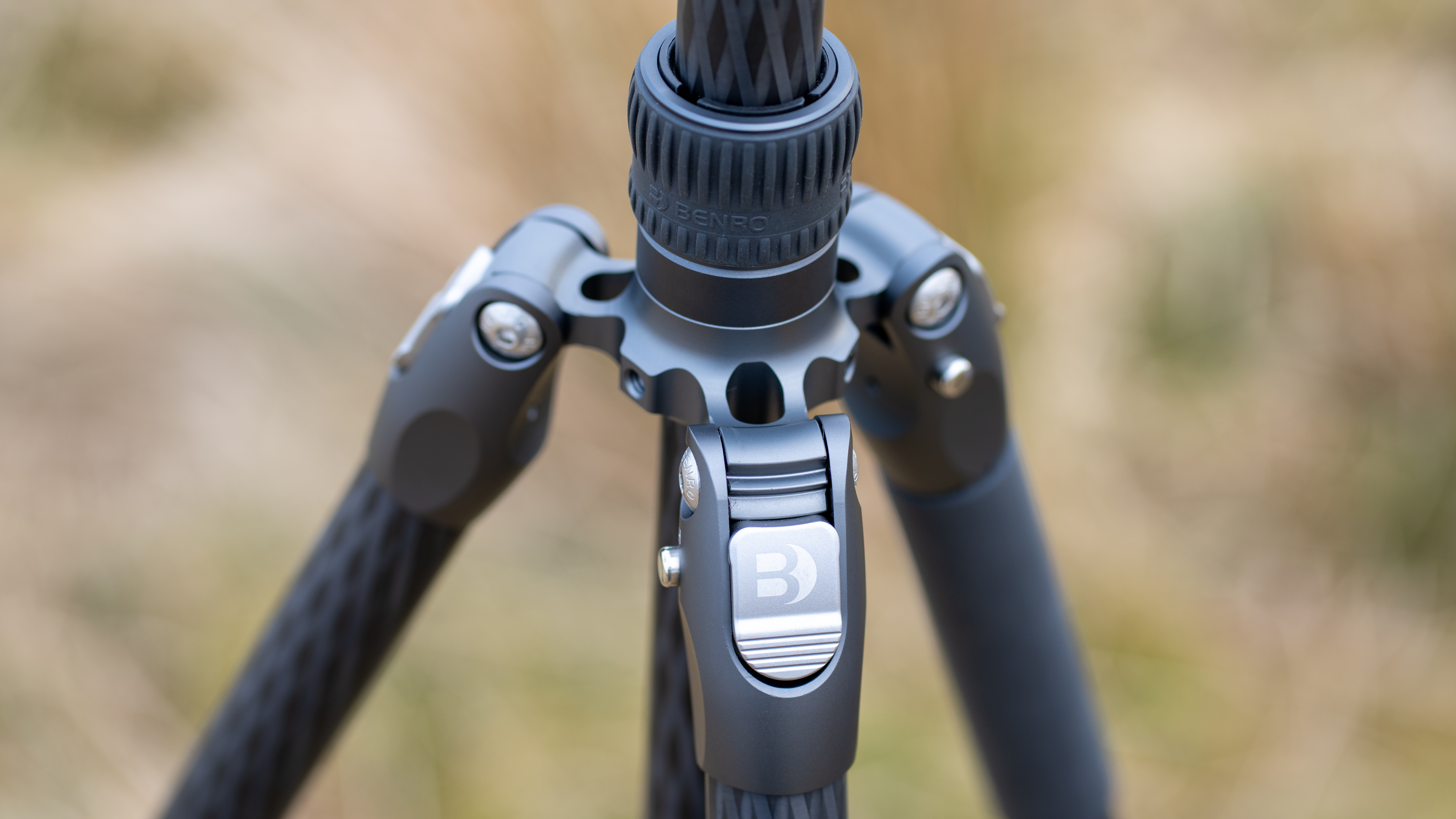
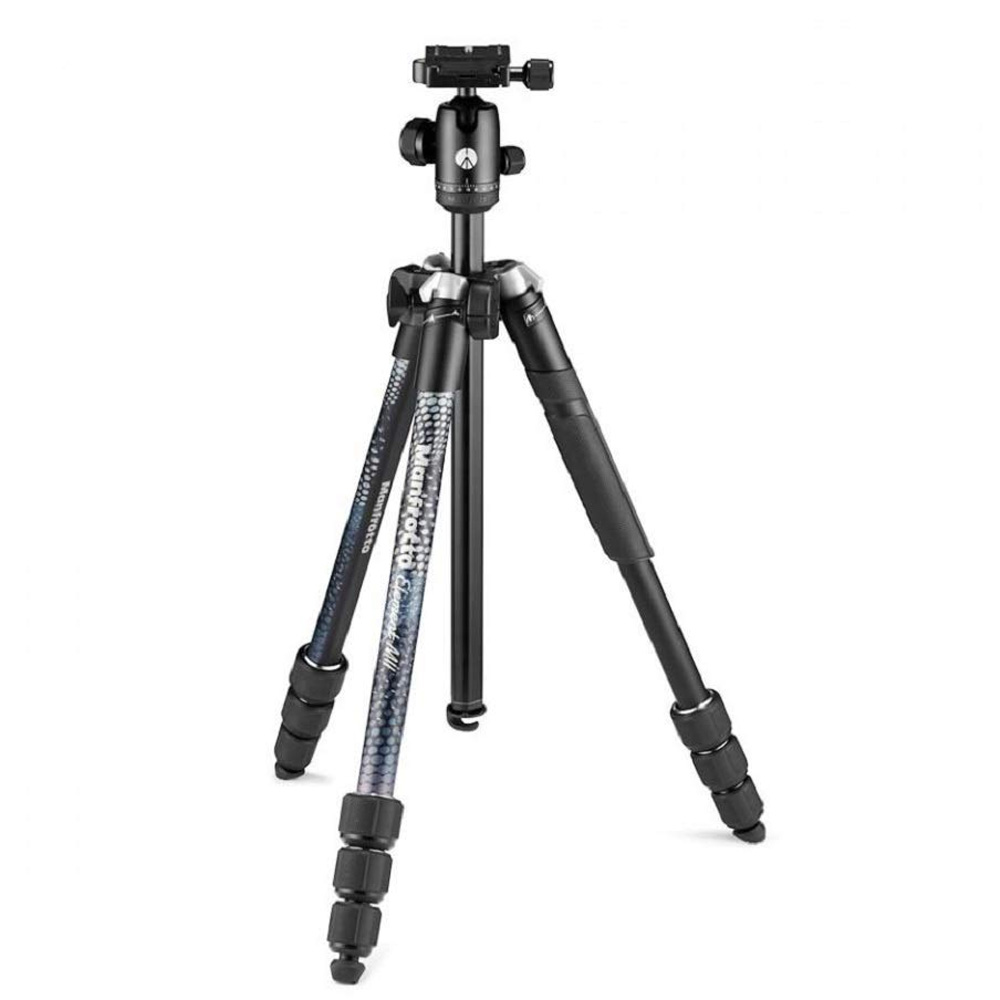
This tripod is similar to the Rhino — the only thing missing is the monopod conversion. It reaches a good height of 62.9 inches (160 cm), although it has a lower payload capacity of 8kg (which is still fine for most uses).
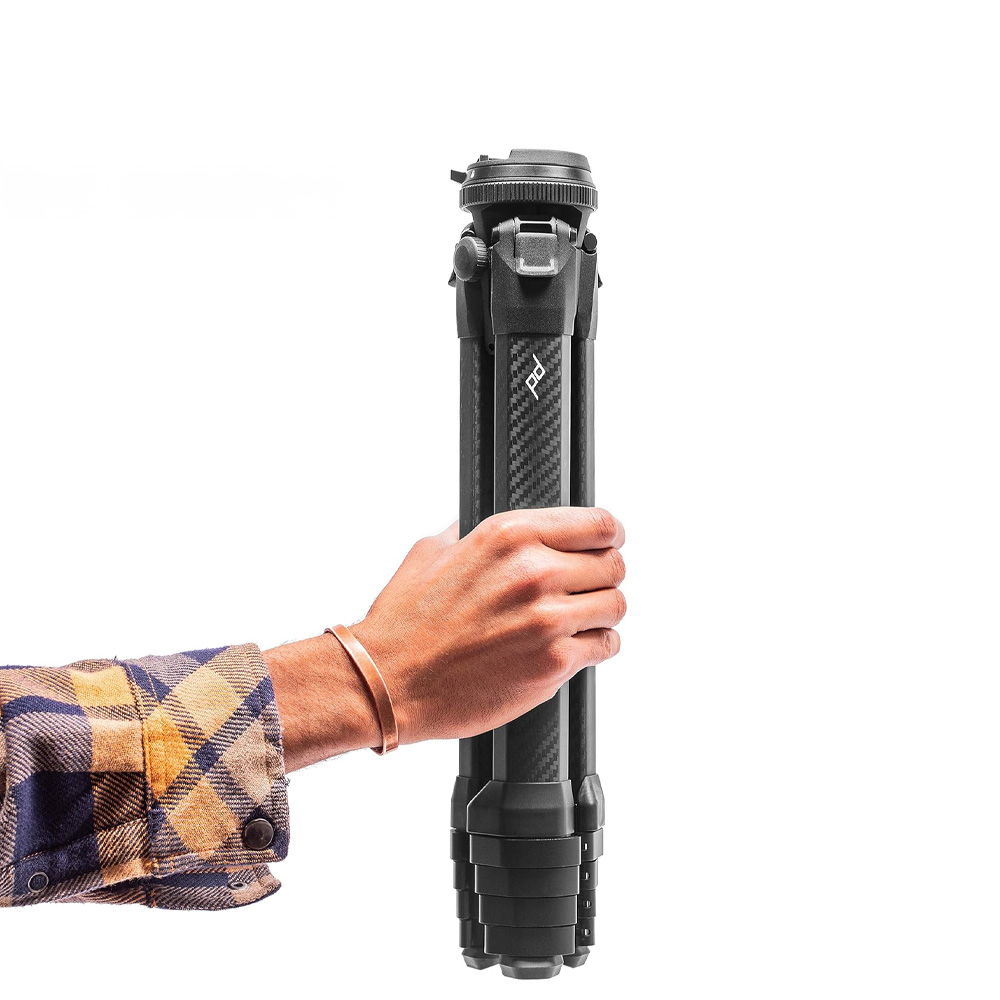
Although the aluminum variant is around the same price as the Rhino carbon fiber, the Peak Design travel tripod folds down much more compactly (and it's actually lighter than the Rhino).
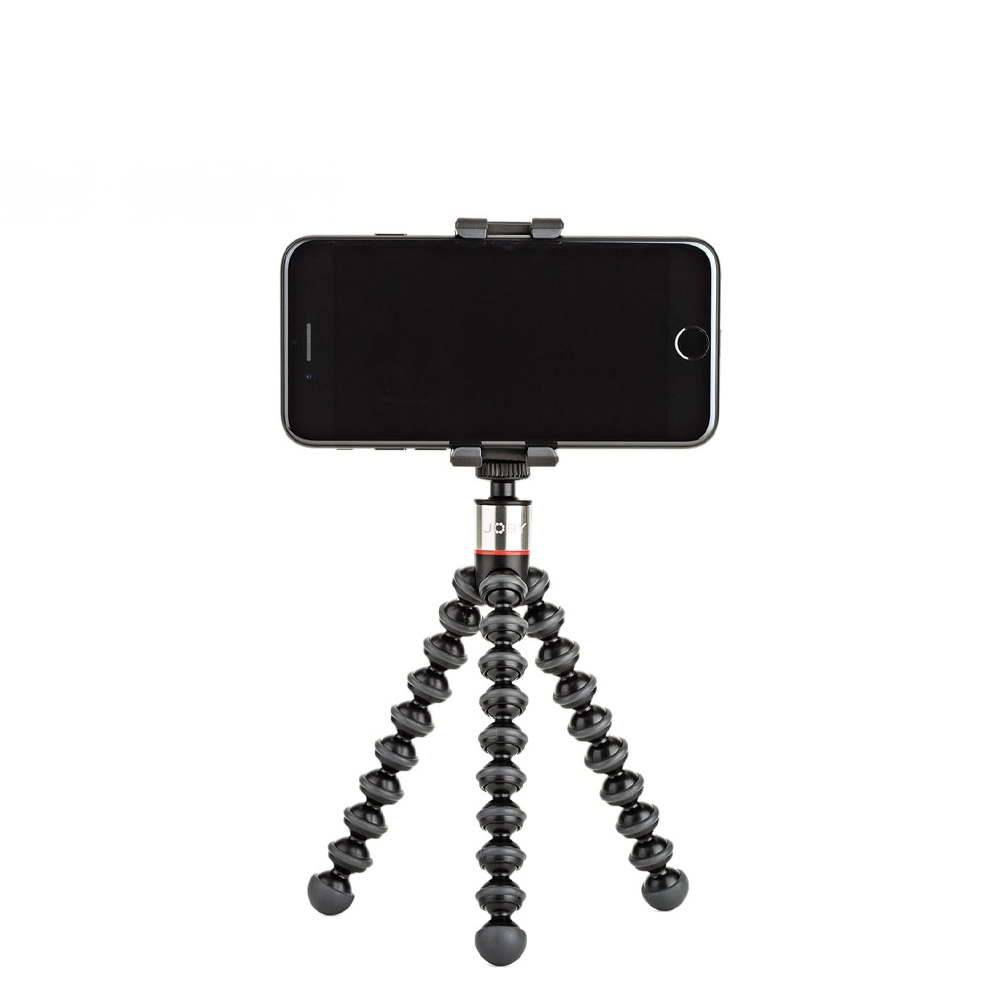
If you're a content creator and you just want a tiny and lightweight tripod to record on your smartphone, this'll do the job. It can shoot portrait and landscape, and the flexible legs can grip a whole host of objects and surfaces.
How we tested the Benro Rhino
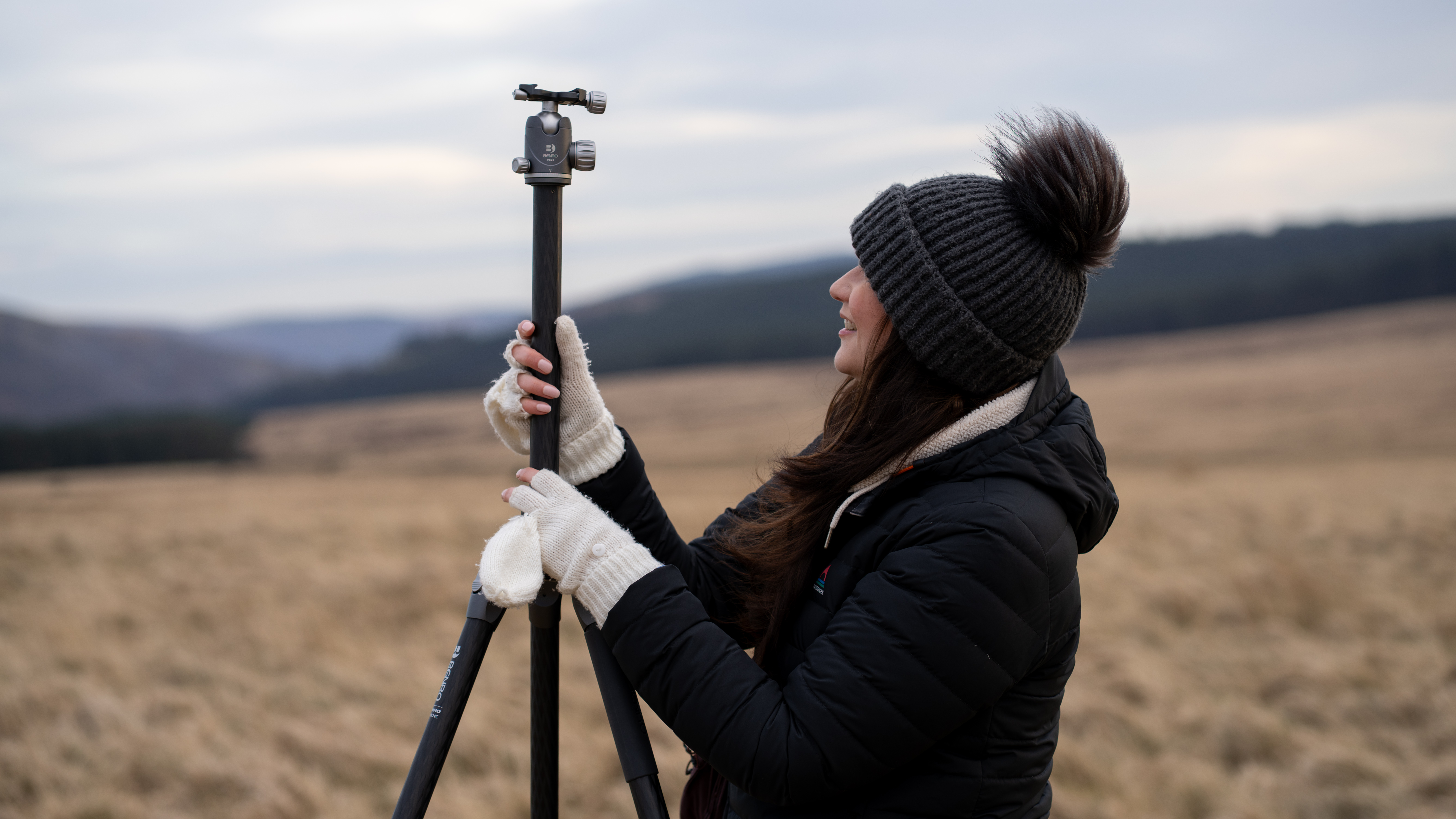
To test the Benro Rhino, we used it with a variety of photography and stargazing equipment in real-world scenarios, including cameras with telephoto lenses, heavy stargazing binoculars and a smart telescope.
We assessed its sturdiness when the tripod was fully extended to see how well it bore the weight of different equipment, noting any dipping in the center and how much visible pressure the legs were under.
We transported the tripod in both the included carry bag and attached to a dedicated camera bag to discern its portability and convenience when traveling or hiking to a remote shooting spot, noting how easy the tripod was to set up and take down while out in the field at all times of the day, including in the dark.

Kimberley Lane, E-commerce writer for Live Science, has tested a wide range of optical equipment, reviewing camera gear from Sony, Canon, OM System and more. With over 6 years of photography experience, her skills span across landscape and seascape photography, wildlife, astrophotography and portrait work. Her photos have been featured in a number of national magazines, including Digital Camera World and Cosmopolitan. She has also contributed to our sister site Space.com and Tech Radar, and she regularly uses binoculars and telescopes to stargaze in the dark skies of South Wales.
You must confirm your public display name before commenting
Please logout and then login again, you will then be prompted to enter your display name.

